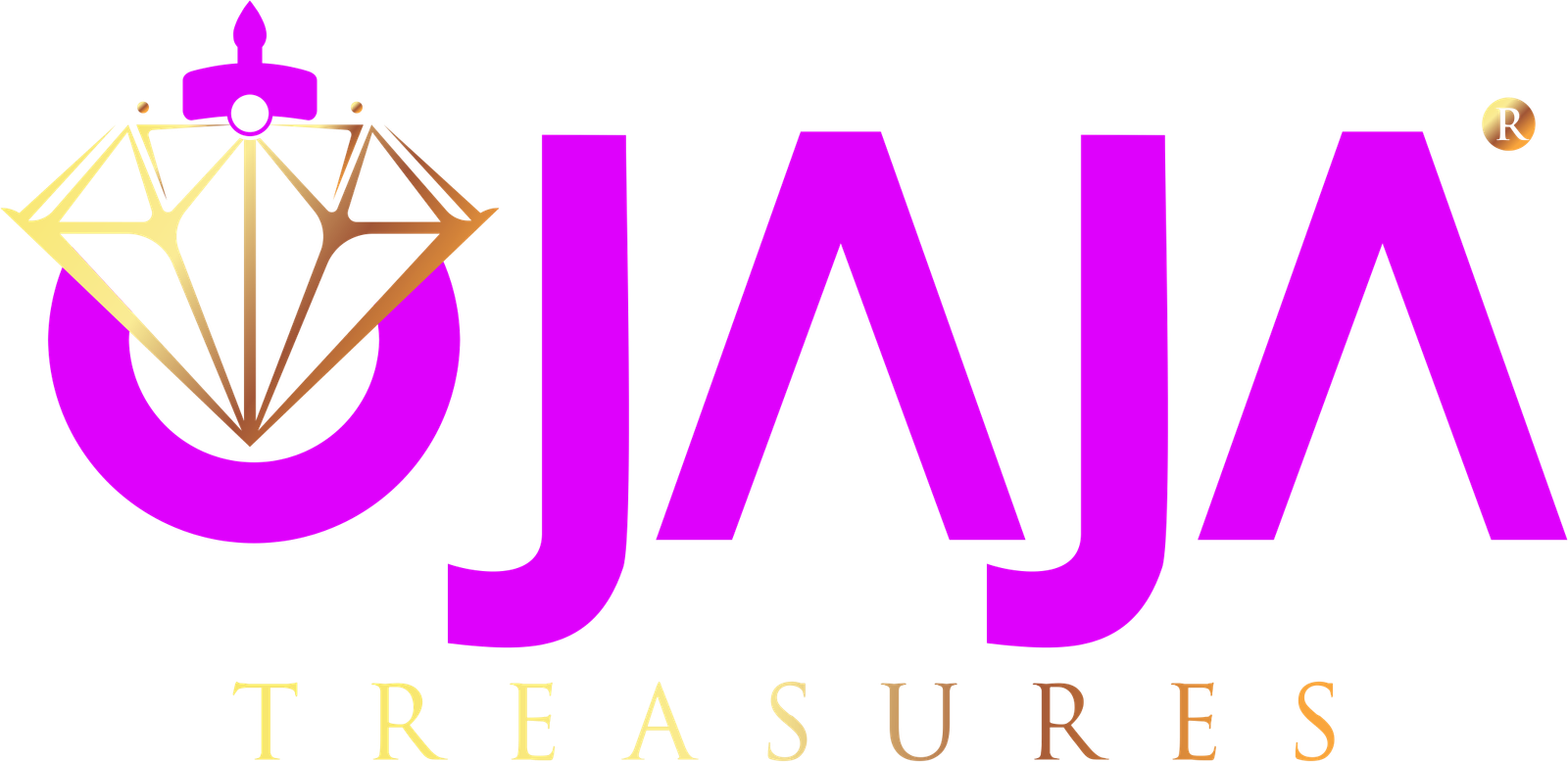Zircon—Earth’s Gleaming Timekeeper
Zircon (ZrSiO₄), a lustrous nesosilicate mineral, dazzles with a spectrum of colors—ranging from colorless and golden-yellow to brown, blue, green, pink, and deep red Wikipedia. Its brilliance, high refractive index, and substantial density have made it a cherished semi-precious gemstone—and even a diamond simulant for astute gem enthusiasts Wikipedia.
Beyond its gem appeal, zircon’s enduring hardness (Mohs ~7.5), resistance to heat and chemical attack, and unique ability to host trace radioactive elements make it indispensable in geology—for radiometric dating—and in various industrial applications Wikipedia+1.
Zircon Across Africa & Its Industrial Might
Globally, zircon is a heavy mineral widely mined from sand deposits. Australia leads production, closely followed by South Africa in Africa Wikipedia+1. Its prime uses span ceramics, refractory materials, foundry casting, and as opacifier in decorative items. Zircon isn’t just beautiful—it’s industrially vital Wikipedia+1.
Nigeria’s Brilliant Zircon Story
Nigeria emerges not just as a gemstone source but also as a player in the industrial zircon market.
Gemstone-Grade Zircon
Nigeria’s rich geological framework hosts gem-quality zircon in varied colors—colorless, pink, brown, red, and lavender (notably kunzite-zircon hybrids) LongdomResearchGate.
Major zircon deposits are found across:
- Jos Plateau (Jos, Bukuru, Kigom, Ropp), and Nasarawa (Rafin Gabas), associated with Jurassic Younger Granites and presenting clear, euhedral crystals LongdomResearchGate.
- Kaduna State (Nisama, Antah)—where granitic pegmatites yield commercial quantities LongdomResearchGate.
- Oyo State (Komu), producing kunzite-zircon, whose delicate lavender hue adds aesthetic value LongdomResearchGate.
- Jemaa area, where zircon occurs in decomposed alkali basalts as brownish to reddish xenocrysts LongdomResearchGate.
Industrial-Grade Zircon Sand
Nigeria hosts vast zircon sand reserves—estimated at approximately 242 million tonnes, ranking the country 14th globally. Resources are especially concentrated in Borno, Yobe, and Adamawa states commodity1.com.
In 2022, the country’s zircon production surged to 4,700 metric tons, up from just 242 tonnes in 2020—signaling growing extraction efforts Statista.
Notably, research into the Arikya zircon deposit in Nasarawa State shows promise for industrial applications—upgrading low-grade zircon sand (initial ZrO₂ ~40.8%) to a high-grade form (~65.5% ZrO₂) using magnetic and gravity separation, meeting international standards for aerospace composites ResearchGate.


